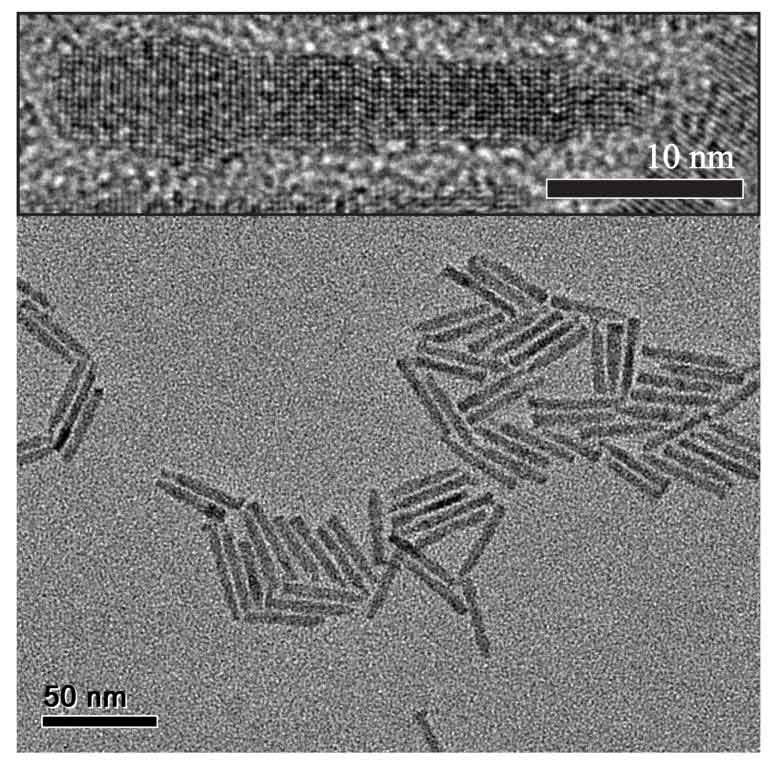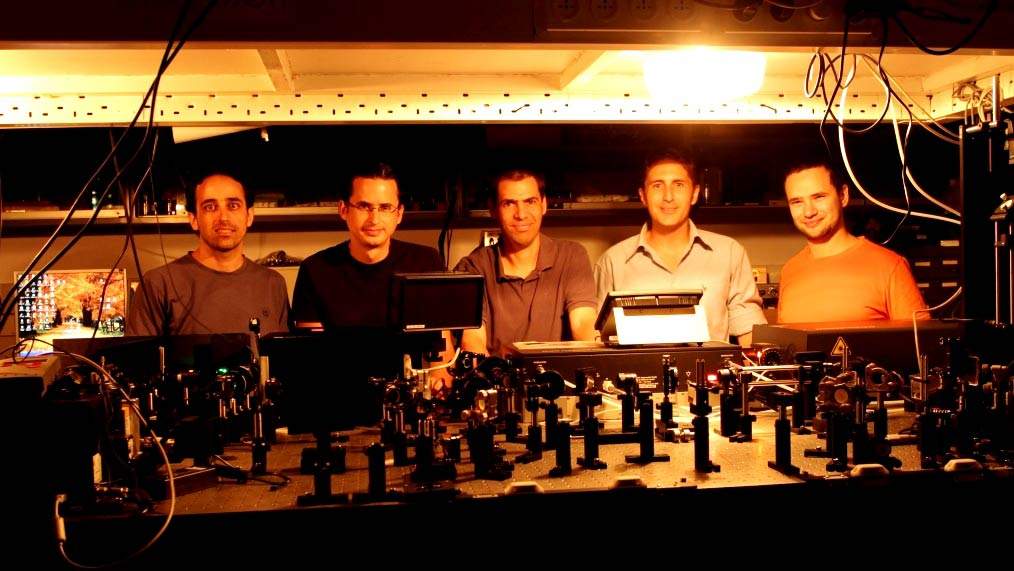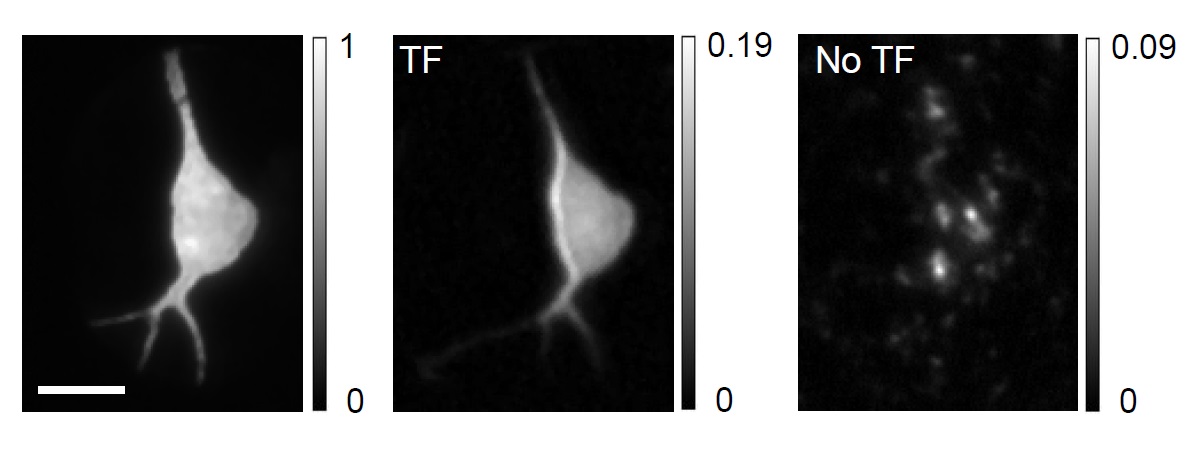Solar power could supply all the energy the world needs, yet it still accounts for only a tiny fraction of the global energy market. One major hurdle is low efficiency: Almost all the energy is lost, for example, when solar cells convert sunlight into electricity. In particular, about a fourth is lost because the cells can absorb light particles, or photons, only above a certain energy level. All the lower-energy photons that hit the cell are therefore wasted, reducing its efficiency and driving up the cost of energy production.
A potential solution is to convert pairs of low-energy photons into a single high-energy particle that can be absorbed by the cell – a process known in technical terms as “upconversion.” This task poses an enormous challenge: Just as it’s much easier to break a vase than to put it together from pieces, so it is easier to split a particle into lower energy components than to merge two particles into one. It is particularly difficult to achieve upconversion tuned to specific colors, or energy levels. Now Weizmann Institute scientists have developed an innovative system that overcomes this difficulty. The study, reported in
Nature Nanotechnology, was performed by
Dr. Dan Oron with research students Zvicka Deutsch and Lior Neeman of the Physics of Complex Systems Department.
Using solution-based chemistry procedures that resemble stir-frying in hot oil, the scientists built nanocrystals shaped like rods about 50 nanometers (50 billionths of a meter) in length. The area of the period at the end of this sentence could include about a billion such crystals. At one end of the nanorod, an electron absorbs photons one by one: It is first excited by one photon, then pushed to a higher energy level by the next photon. The resulting high-energy electron is transferred to the other end of the rod, where it emits a photon whose energy is higher than that of each of the two absorbed ones.
In the study, the scientists managed to convert two red-light photons, which have relatively low energy, into a single green-light photon, whose energy is higher. In fact, the system can be tuned to virtually any color because its design allows for great flexibility, as the properties of the nanorods can be controlled by their radius.
To help their nanocrystals make the transition from the lab to industry, the scientists are currently working to increase their efficiency as upconverters and to obtain better control of their colors. In the future, such crystals could be used in combination with more conventional materials, such as silicon, the material of choice for most commercial solar cells. Since silicon does not absorb photons from the infrared range down, these low-energy photons could be captured by the nanocrystals.
Through Thick and Thin
When it comes to brain research, enlightening studies can be performed using literally enlightening techniques – ones that involve shining light on neurons. Using a light beam, it is possible, for example, to excite an individual brain neuron in order to determine with which other neurons it communicates. Ultimately, in this manner scientists can trace entire neuronal networks that underlie everything, from memories and emotions to movement and behaviors.
Neuronal networks are often studied using electrodes, but light beams are less invasive and easier to move around. The only problem is that when a light is directed at a region deep inside the brain, it illuminates the entire region, not only the targeted neuron.
In a study conducted in collaboration with French researchers, Dr. Dan Oron and his team have found a solution. As reported in Nature Photonics, they managed to excite deeply embedded neurons – inside a slice of mouse brain tissue more than 200 microns thick – with the help of short laser pulses. Oron’s team consisted of research student Ben Leshem and postdoctoral fellow Dr. Osip Schwartz of the Weizmann Institute’s Physics of Complex Systems Department. They collaborated with the team of Dr. Valentina Emiliani of Paris Descartes University: Dr. Eirini Papagiakoumou and graduate student Aurelien Begue, as well as her university colleagues Drs. Brandon Stell and Jonathan Bradley.
The study made use of an approach called temporal focusing, developed earlier at Weizmann. As its name suggests, it works by controlling the focus of a laser light beam in time rather than in space: Light is beamed at the sample in long pulses, which shorten when the beam reaches the desired plane, producing the needed illumination. As a result, only the targeted neuron, which has been genetically engineered to respond to the short pulse but not to the long ones, is excited. Moreover, this neuron is illuminated in a uniform manner, with its borders sharply delineated, which is optimal for its excitation. This happens because temporal focusing dramatically reduces the scattering of light within brain tissue: The scattered photons don’t interfere with the excitation process as they don’t hit the brain tissue at the instant in which the targeted neuron is illuminated. The method allows for such outstanding precision because the pulses last only about a hundred femtoseconds – each femtosecond is a millionth of a billionth of a second.
Thanks to this method, it might now be possible to study neuronal networks by exciting individual neurons with short laser pulses.
Dr. Dan Oron’s research is supported by Dana and Yossie Hollander; the Leona M. and Harry B. Helmsley Charitable Trust; the European Research Council; and the Crown Photonics Center. Dr. Oron is the incumbent of the Recanati Career Development Chair of Energy Research in Perpetuity.


